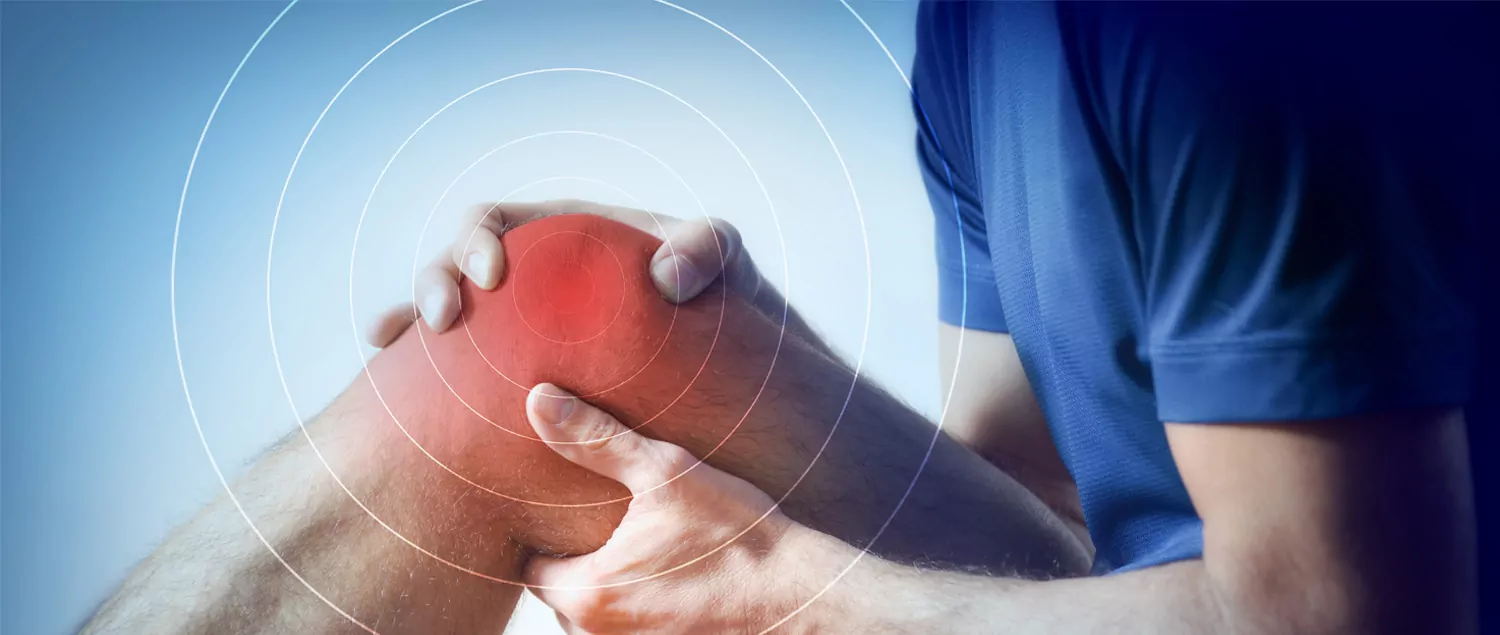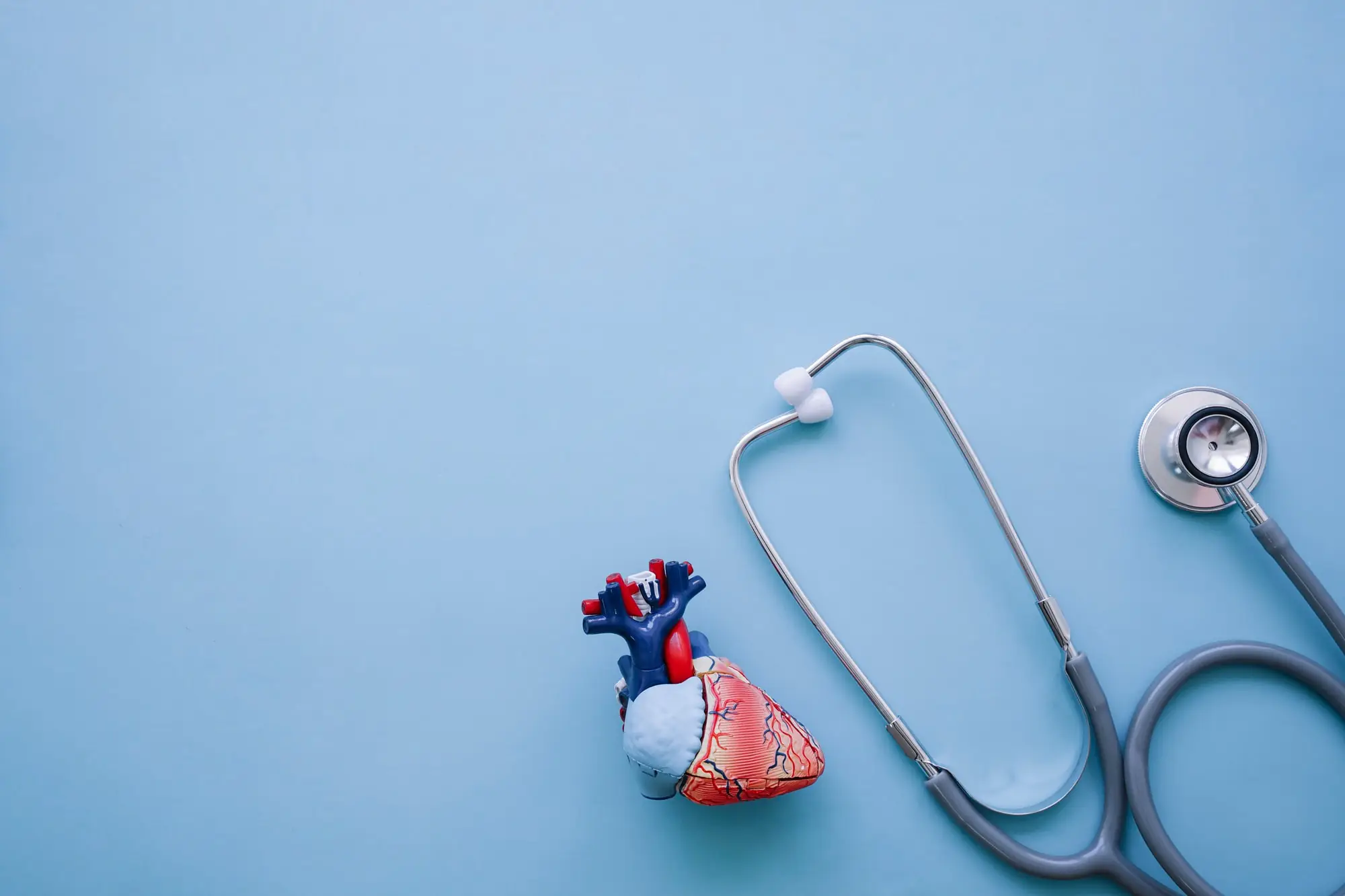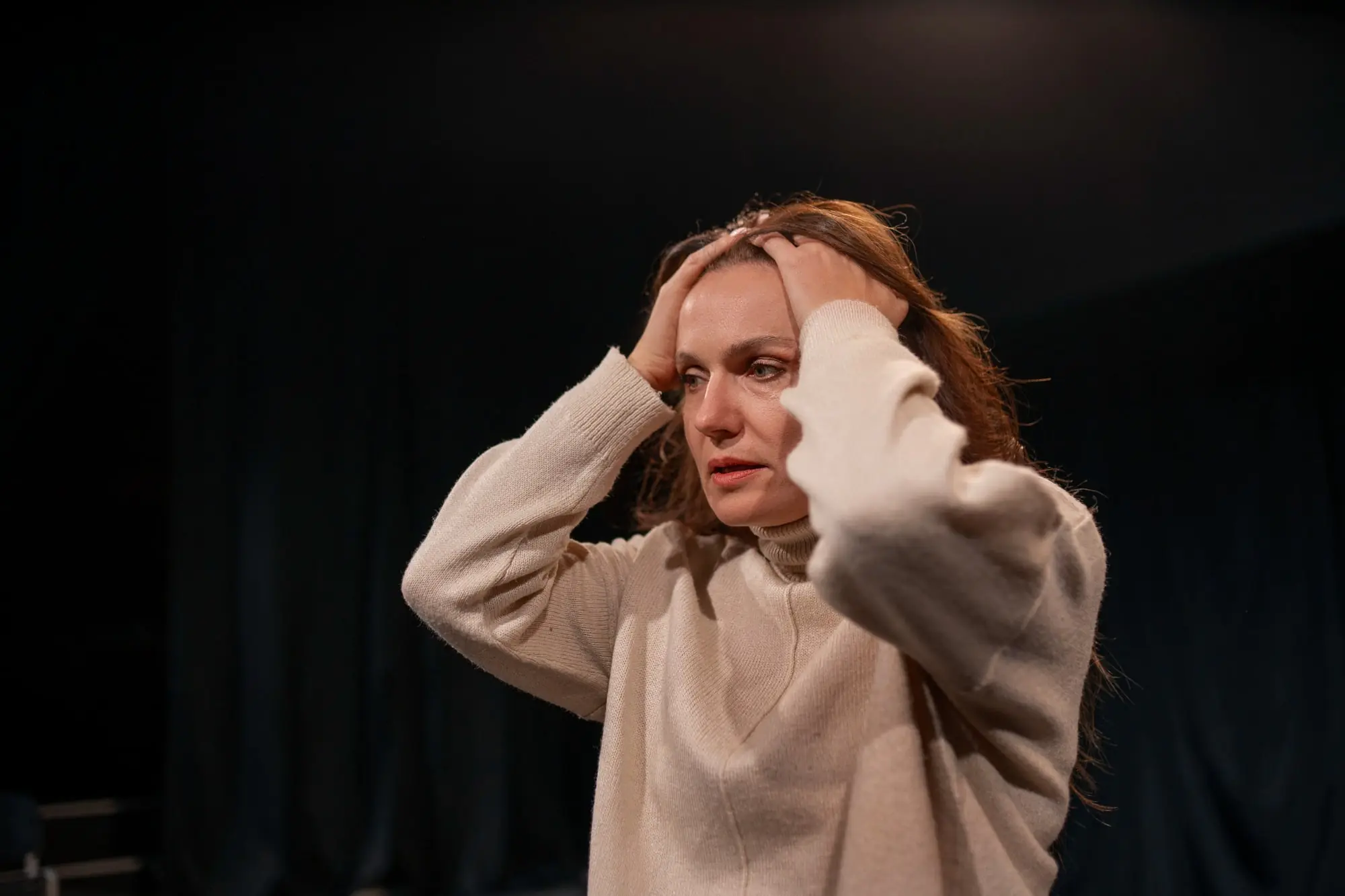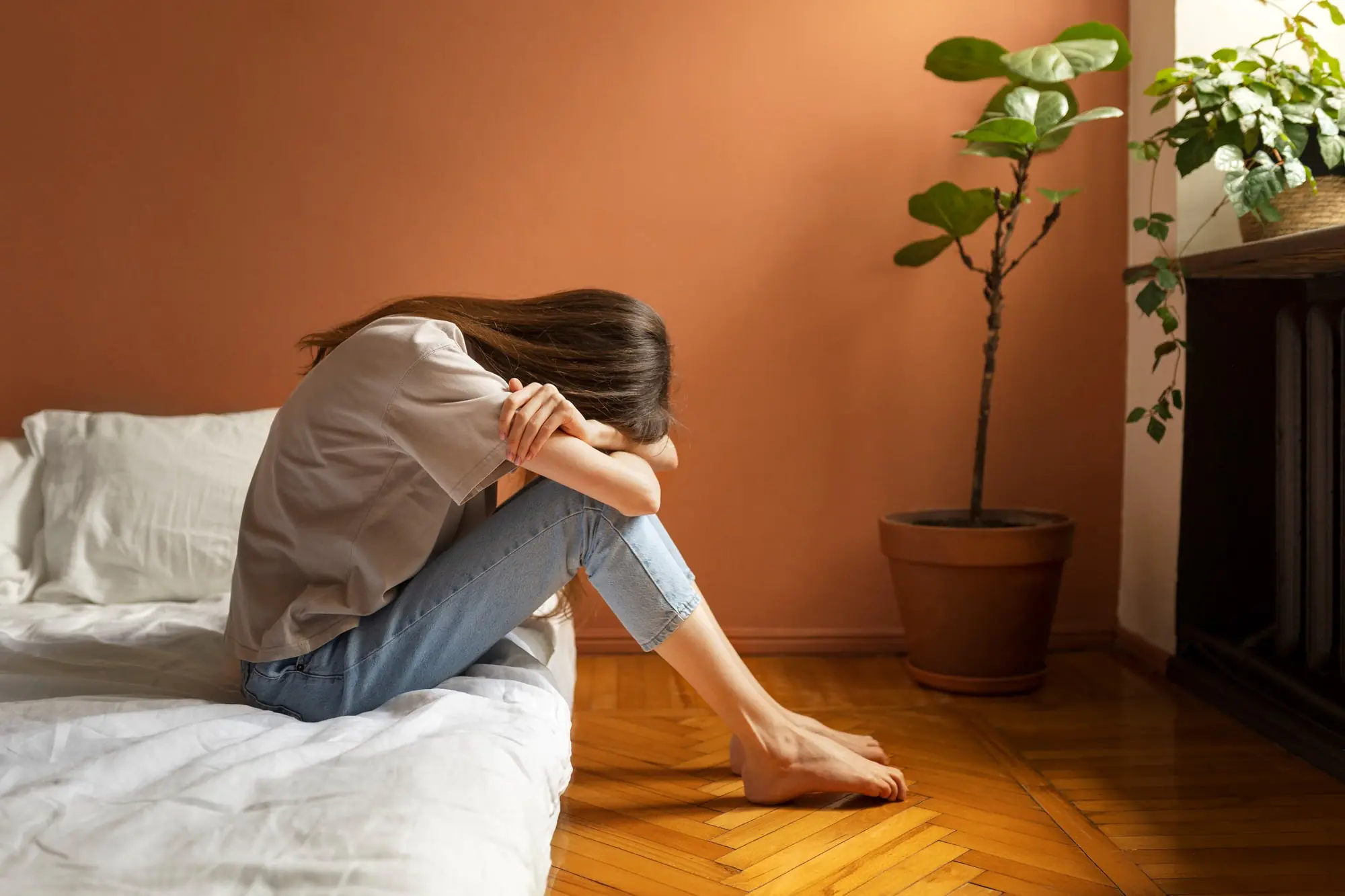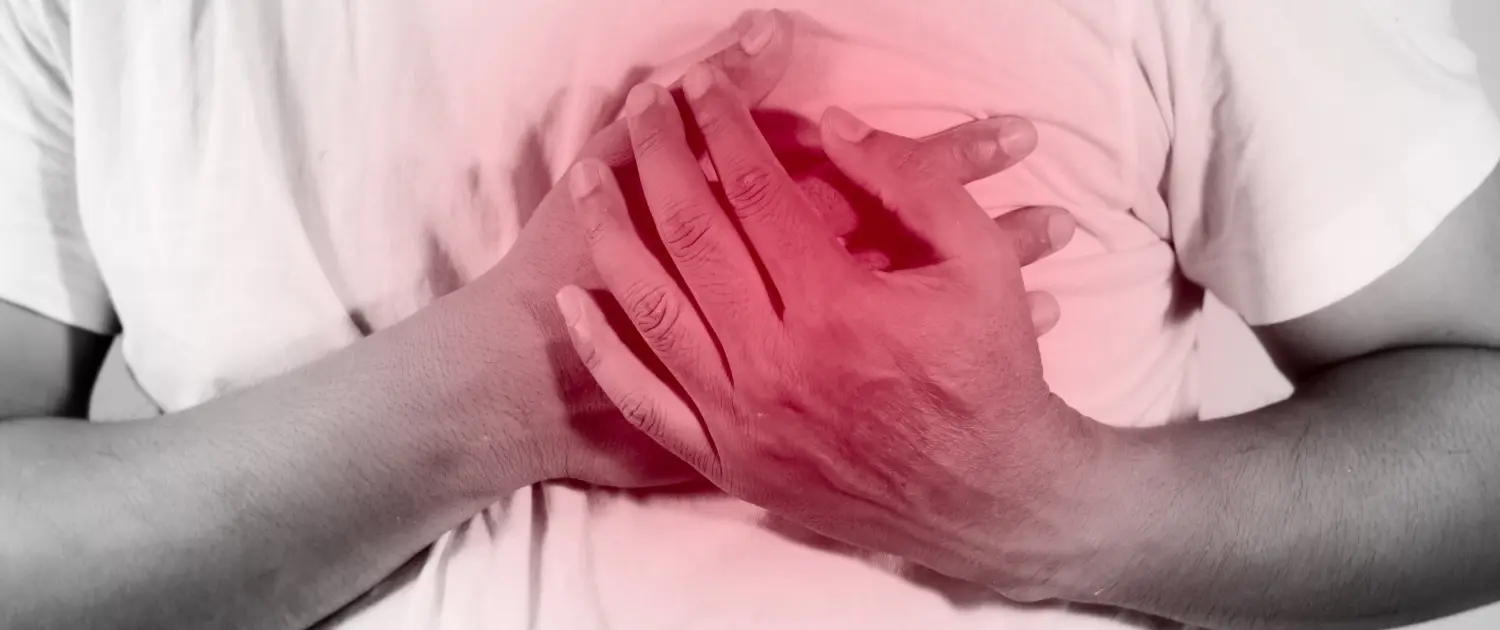What is Osteoarthritis (Calcification)?
Osteoarthritis is a health problem caused by the wear of cartilage tissue in the joints. This condition, known as arthritis, is considered a type of joint inflammation. The cartilage layer at the ends of the bones in the joints is smooth, slippery and hard. It is responsible for ensuring safe movement between the two bones. Wear of these cartilage layers in the joints due to various causes can result in bones rubbing against each other.
Over time, stiffness and pain may develop in the area, interfering with daily activities. The worn bone and joint area resulting from this condition can be given as an answer to the question “What is osteoarthritis?”.
In general, it can occur in the hands, knees, spine and hip joints. It tends to develop slowly, mostly in middle and older age groups.
Osteoarthritis can be mainly divided into two types: primary osteoarthritis and secondary osteoarthritis. Primary osteoarthritis is the most common type. Arthritis is a medical problem that occurs when there is no underlying disease or trauma. However, it may be associated with a number of risk factors. In particular, wear and tear from constant use of the joints, aging, gender, etc. may be due to reasons.
Secondary arthritis can develop from pre-existing trauma, injury or disease in the joint. These include congenital joint disorders, metabolic disorders, inflammatory arthritis, Paget’s disease, Marfan syndrome, hemoglobinopathy, Ehlers-Danlos syndrome. Osteoarthritis of the joints is often characterized by joint pain and loss of function. Loss of function can negatively affect social life and limit daily activities.
The course of the disease can vary clinically from person to person. Risk factors may include certain occupational conditions, sports activities, obesity, injury and muscle weakness. It is also more common in women than in men.
There is no cure for osteoarthritis, but a variety of treatments can be used to manage symptoms. There are practices to alleviate symptoms and keep joints active
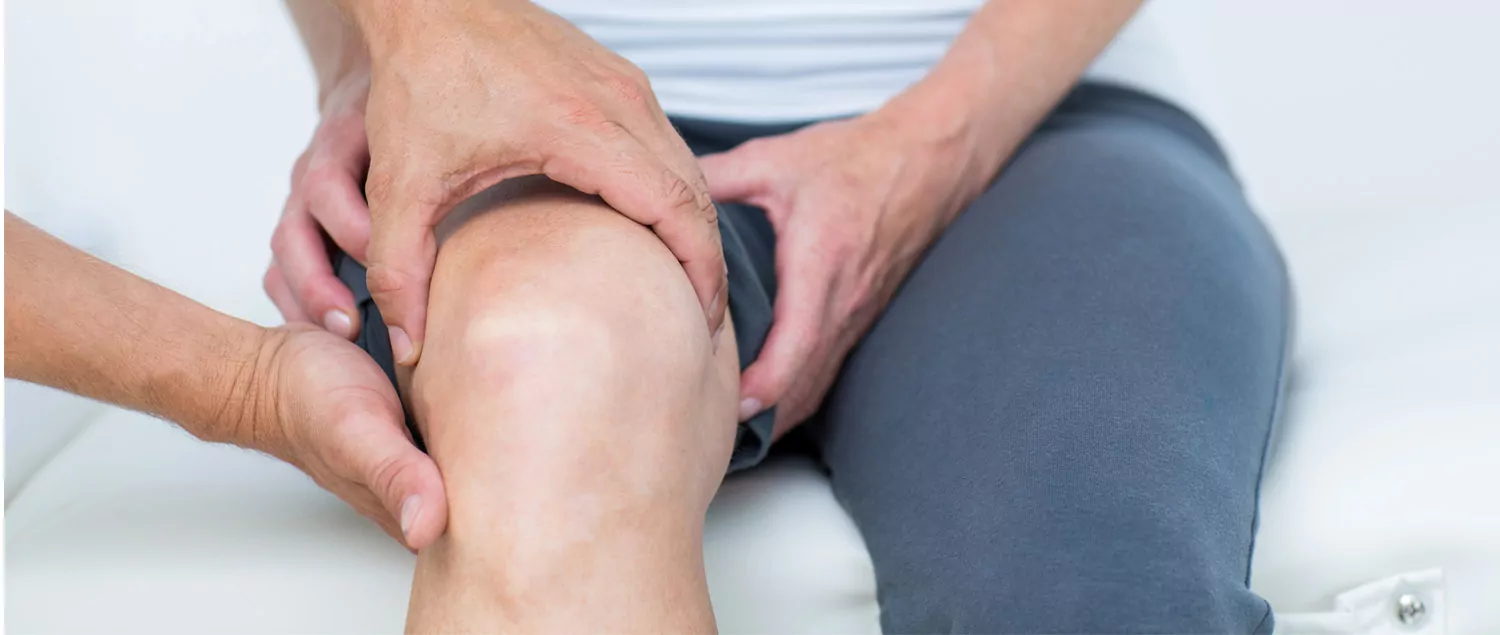
Symptoms of Osteoarthritis (Calcification)
Since arthritis develops slowly, it may not be recognized in its early stages. Wear and tear of the joints can, over time, manifest itself in various discomforts during movement. In addition to limiting the range of motion of the joint, a number of symptoms of osteoarthritis can occur. These signs and symptoms may be mild in some individuals and more severe in others. There may also be additional symptoms depending on the underlying cause. The main symptoms of arthritis can be the following:
- Joint pains
- Stiffness in the joint,
- Friction or clicking sound during movement of the joint,
- Swelling of the joint area,
- Reduced range of motion,
- The joint flexes less than before,
- Significant deformities in the joint.
The joint affected by wear and tear can become inflamed and inflamed. Swelling can occur in the joint or around the joint. As a result of the wear of the cartilage surface, the bones can be heard rubbing against each other when the joint moves. The joint may click, creak or lock.
In addition, muscle weakness may develop in parallel with reduced joint range of motion. Muscles may lose strength and become less physically active. This condition is most common in the small joints and muscles of the knees and hands, but can also affect the tissues of the hip and spine. Symptoms of osteoarthritis in the knee include weakening of the muscles and ligaments, which can lead to bending of the knees. Changes in the shape and enlargement of the finger joints may occur. Osteoarthritis in the hip joint can spread to the knees and cause stiffness in the thighs. Symptoms of osteoarthritis in the back affecting the spine can be stiffness in the back and lower back. In addition, symptoms of osteoarthritis in the lower back can manifest as stiffness, pain and swelling.
Pain can be felt when moving, during physical activity and even at rest. Because it is painful and uncomfortable, it can negatively affect psychological health, reduce sleep quality and interfere with social life. Daily movements such as taking steps, running and doing physical activity, sitting up and getting up may become difficult. Being less physically active can predispose to obesity, diabetes and cardiovascular disease.
Osteoarthritis is usually progressive and has a chronic course. It therefore develops slowly. However, factors such as injury and trauma can accelerate this process. Osteoarthritis, for which there is no definitive cure, can alleviate symptoms when diagnosed early. Various treatment modalities may be preferred to maintain and increase joint mobility (1, 3, 4, 5, 6).
What Causes Osteoarthritis?
The development of osteoarthritis is mainly due to the wear and deterioration of the cartilage structure in the joints for a number of reasons. Normal and healthy cartilage tissue is slippery and firm. With this feature, it prevents friction in the joint areas and provides easy movement. In response to the question “What causes arthritis in the knee?”, the deterioration of the healthy structure can occur in primary and secondary ways. Secondary development often involves an underlying health problem. In this case, the diseases that can lead to calcification can be the following:
- Infectious arthritis,
- Congenital joint disorders,
- Avascular necrosis
- Paget’s disease,
- Marfan syndrome
- Hemochromatosis
- Wilson’s disease
- Osteopetrosis
- Hemoglobinopathy
- Ehlers-Danlos disease.
The risk factors for arthritis can be multiple and may not work in the same way in every individual. Major osteoporosis risk factors may include the following:
- Ageing: Middle-aged and older individuals are considered a high-risk group.
- Obesity: High BMI may be a risk factor for arthritis of the knee. Increased load on the joints may result in impaired gait and posture, and altered joint biomechanics.
- Joint disorders and traumas: Slipped epiphysis of the hip joint, Perthes’ disease, congenital hip dislocation and trauma are common causes of osteoarthritis.
- Genetics: Primary generalized osteoarthritis with hip and knee involvement, Bouchard and Heberden nodules are among the genetic factors. According to some studies, the genetic contribution to osteoarthritis is around 50-65%.
- Occupational traumas Agriculture, construction, etc. osteoarthritis may be more likely in people who work in industries that require bending the knees for long periods of time.
- Physical activity: In some sports activities, wear and tear may occur due to overuse of the joint areas. For wrestling, the risk of arthritis in the knees, elbows and neck; for boxing, the joints of the hands; for soccer, the joints of the feet and knees; for ballet, the risk of arthritis in the joints of the bones of the feet can be high.
- Sedentary lifestyle: In individuals who are not physically active, an increased likelihood of joint wear and tear can be observed in the absence of adequate exercise.
- Muscle weakness Weakness of the anterior thigh muscles has been found to be associated with knee osteoarthritis.
In addition, there may be a direct or indirect relationship between abnormal loosening of the ankle joint, smoking, hyperuricemia, hypertension and diabetes. Decrease in sensory stimuli as a result of neuropathy and inadequate nutrition of joint tissues may contribute to deterioration of joint tissue, especially in patients with diabetes (2, 7, 8).
Osteoarthritis (Calcification) Treatment
In answer to the question “How does arthritis go away?”, there is no definitive treatment for osteoarthritis. Instead, the signs and symptoms caused by arthritis can be alleviated or controlled. Therefore, within the scope of “What is good for arthritis?”, the mainly preferred arthritis treatment options may be the following:
- Medication Medications may be prescribed to reduce inflammation in the joint and relieve pain. Medication can be administered orally, intravenously or as a topical cream or patch. NSAIDs may be recommended orally and topically. Applications to the affected joint area in the form of ointments or patches may be necessary. Consult your doctor for side effects that may occur in the digestive and cardiovascular system. Injections can be made into joints that show wear and tear. Patient response to injection may vary.
- Physical therapy: Exercises such as aerobic and weight training and swimming can be effective in reducing pain and improving physical function. Osteoarthritis exercises should be done regularly under the supervision of a specialist. However, in cases such as misalignment of the joints, the use of a realignment knee brace may be necessary. Encouraging movement of the joints can support the removal of stiffness in the area. It can also trigger muscle strengthening.
- Weight control: Overweight and obesity can lead to increased stress on bones and joints. It is an important risk factor for arthritis, especially in the knees. In this context, it may be recommended to reach the ideal weight with weight loss practices.
- Hot-Cold applications: In cases of arthritis, swelling, pain, stiffness, etc. caused by inflammation. Heat application may be recommended to alleviate symptoms. Consult your doctor for options such as applying ice packs or cold compresses to the joint or a heating pad.
- Supportive treatments: Canes, walkers, corsets, bandages, supports added to shoes can be recommended to support and stabilize the joints. These supports can help relieve pressure on the joint.
- Complementary therapies: Treatments that are applied in addition to other treatment methods. Complementary therapies may include massage, acupuncture, meditation and tai chi. However, always consult your doctor before using herbal medicines and dietary supplements.
- Surgery: Surgical methods may be a good option if drug treatment and other methods are inadequate or unsuccessful. It can be applied to improve joint functionality and reduce pain. Individuals with severe osteoarthritis may need surgical methods such as arthroplasty.
For the frequently asked question “How does arthritis in the knee go away?”, rest is recommended during acute attacks of arthritis and traumatic situations should be avoided. Arthritis treatments generally aim to minimize functional loss. In the presence of mild symptoms, a single treatment method is often preferred, while advanced osteoarthritis requires a combination of treatments

